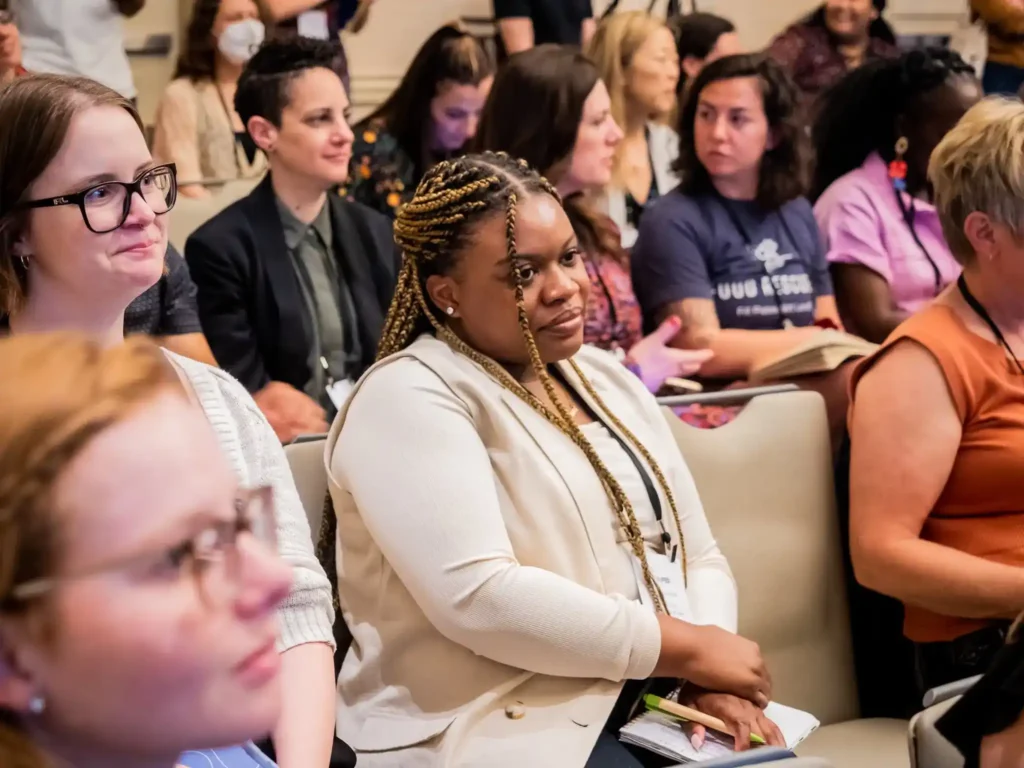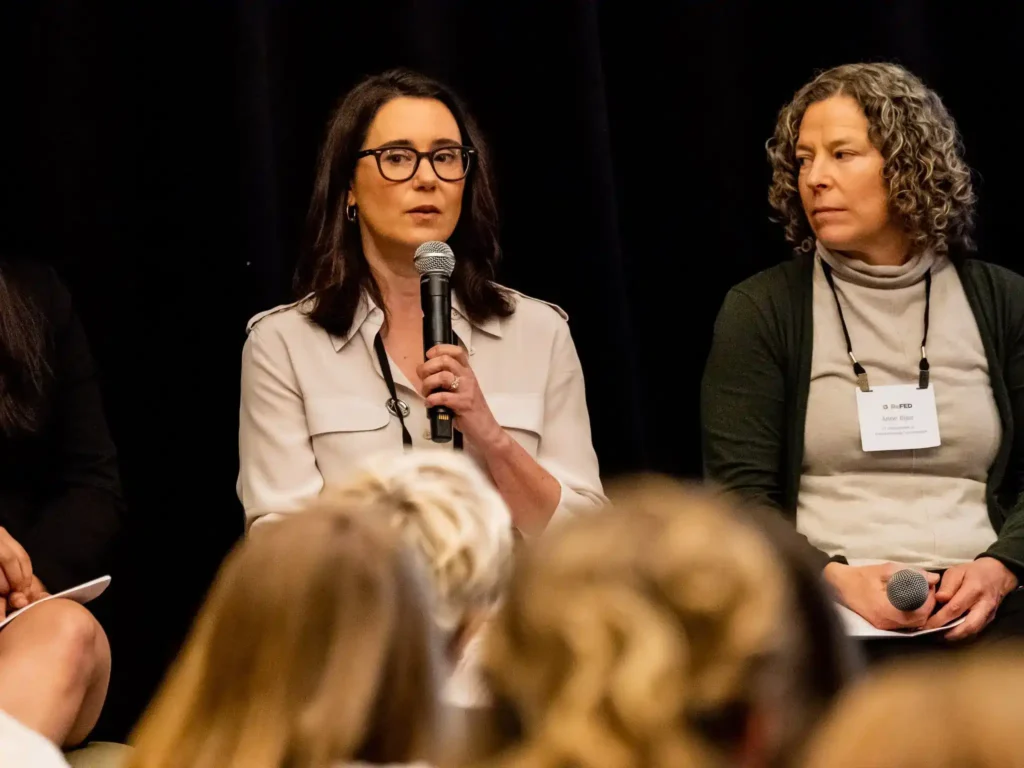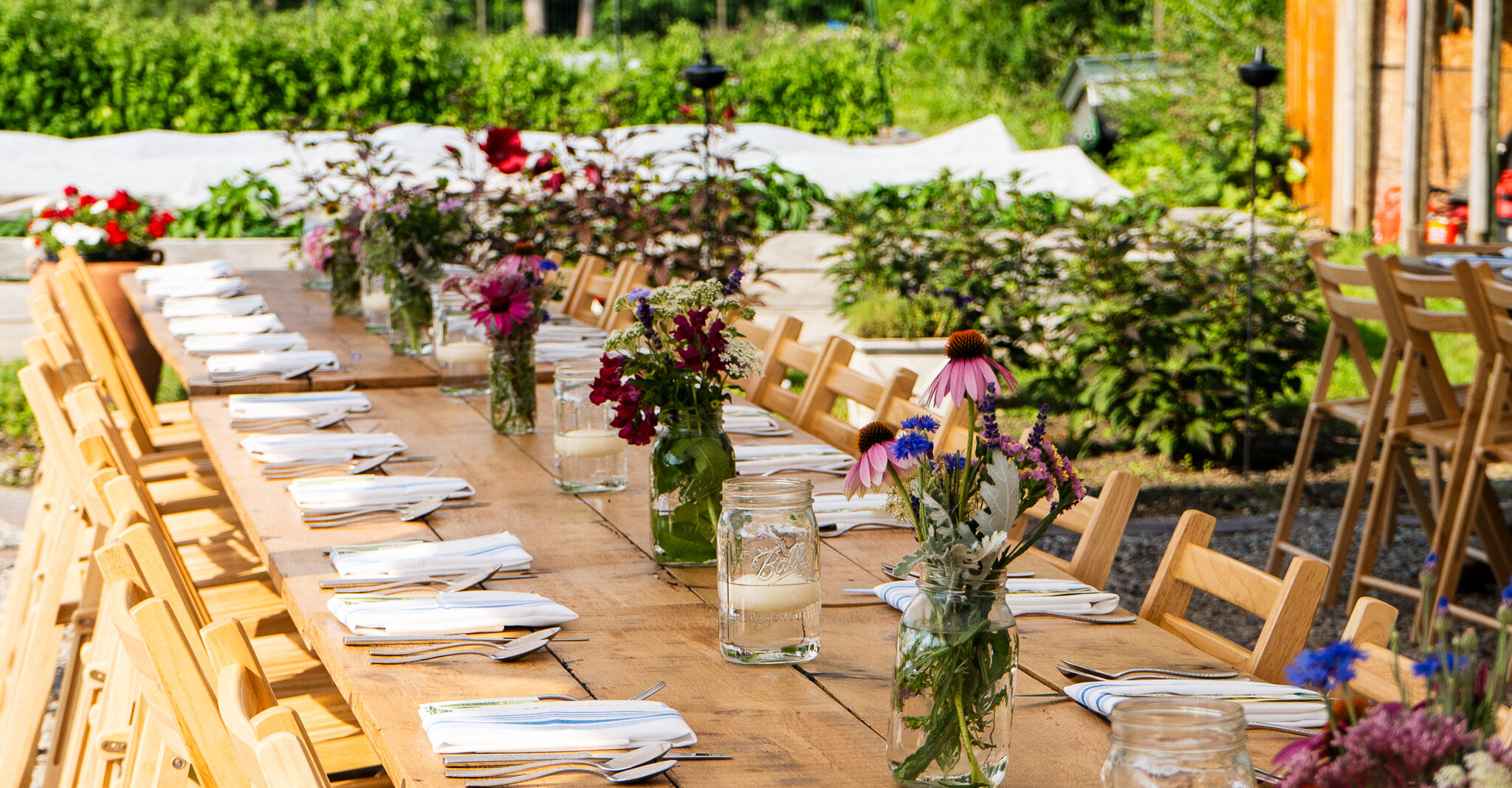In 2022, the state of Michigan declared a goal of cutting food waste in half by 2030. It is one of the key recommendations for Michigan to achieve carbon neutrality. That’s because landfilled food is a major source of greenhouse gas emissions and a significant user of our precious land and water resources.
According to ReFED, Michigan landfills more than 2 billion pounds of food each year. Cutting that in half is no easy feat. And cutting it in half in only six years is even trickier.
Fortunately, the ultimate answer is straightforward – we need to stop throwing food into the garbage. We also have many solutions and a number of service providers who stand ready to implement those solutions.
Where to begin? One option is to take the goal literally and work to cut food waste in half across the whole state. Another is to put all of the resources toward the largest food waste generators – that’s households. We have devised an alternative approach, which we call The 2030 Project.
Central to this plan is the concept that more people = more waste. The rule of thumb is that each person generates about a pound of food waste every day. With the heaviest concentration of Michigan residents living in Southeast Michigan, that means that food waste isn’t being generated equally across the state.
The population of the 15 largest cities in Southeast Michigan is a little more than 2 million people. Applying the formula of one pound of food waste per person per day, those 2 million people represent roughly 750,000,000 pounds of food waste annually. The 2.5 million residents that live in Southeast Michigan’s smaller cities and towns add another 900 million pounds. By diverting all of the food waste produced by the 15 largest cities from landfills, plus a portion of the smaller cities and towns, we will reach the billion-pound goal.
One benefit of this approach is that it promotes efficiency and scale. By heavily targeting communications, logistics, and infrastructure in one area, it maximizes resources and time – two luxuries that are in short supply.
How do you go about diverting all of the food waste from a city? The first step is to get everyone who can solve any part of this together to figure it out. How will we prevent food waste from happening in the first place? How will we rescue everything that can be donated? How can we turn scraps into valuable soil? And, most importantly, how do we get people on board?
That’s where we are right now. In January, we kicked off this ambitious project by bringing all of the best minds together to start on the first city – Southfield. With funding from Michigan’s Department of Environment, Great Lakes and Energy (EGLE), the team is diving into the specifics – how will this work? How much will it cost? That plan will be ready by September 2024. Once the architects have completed the drawings, the construction crew will begin building. At the same time, we’ll adapt that Southfield plan to the next city – Dearborn. This will continue until we reach all 15 cities and divert all of the food waste – all by December 31, 2030.
The 2030 Project is ambitious. But we do not have time to waste. We must meet the goal. And The 2030 Project will get us there.





